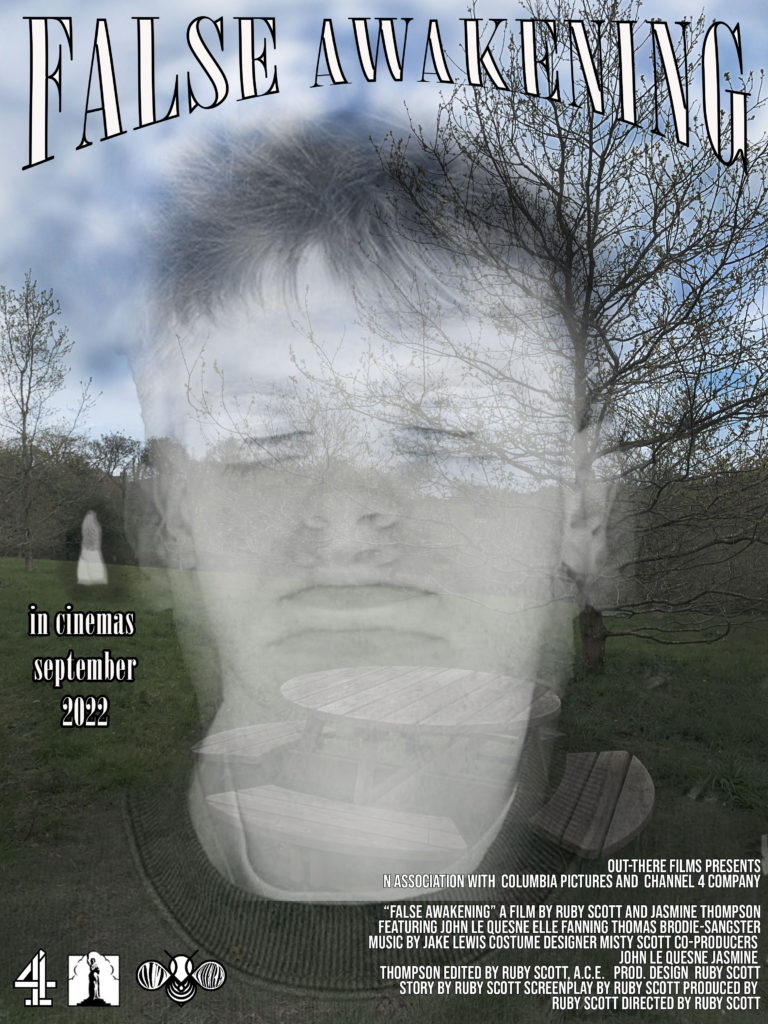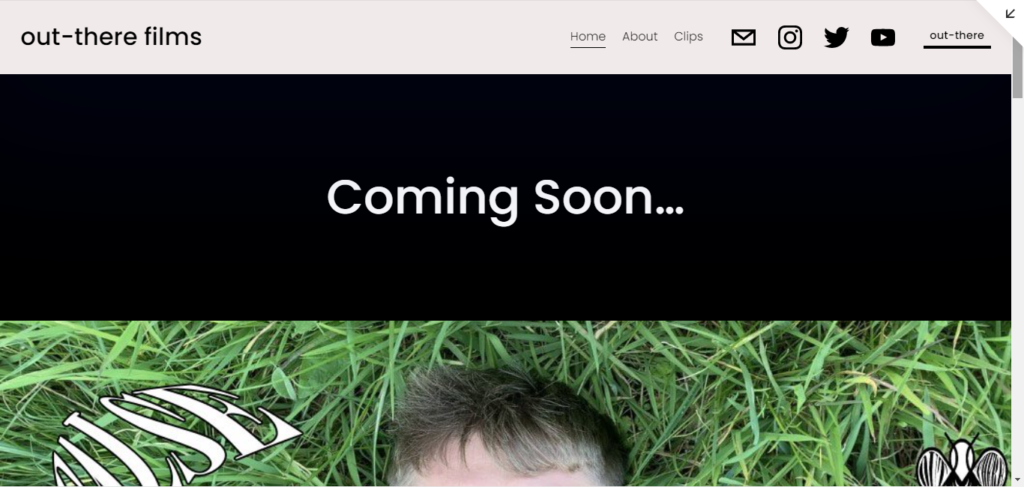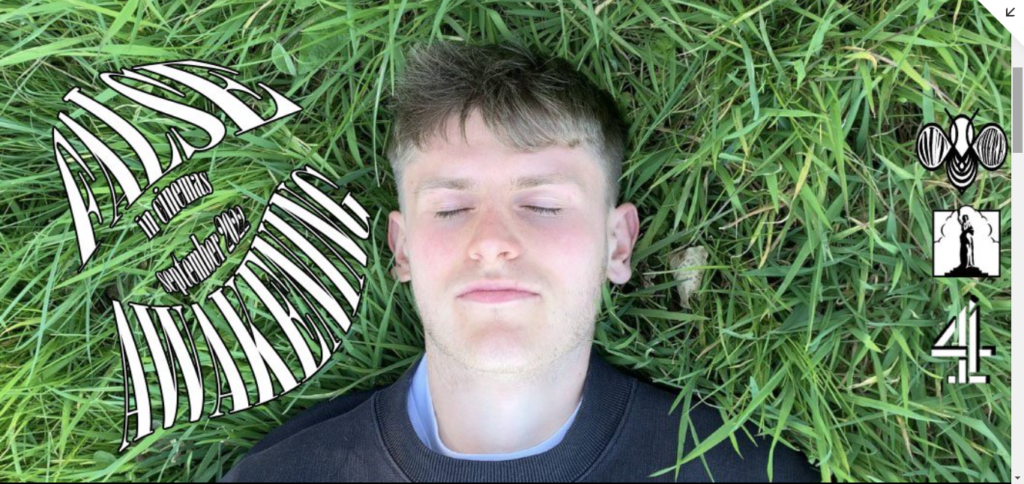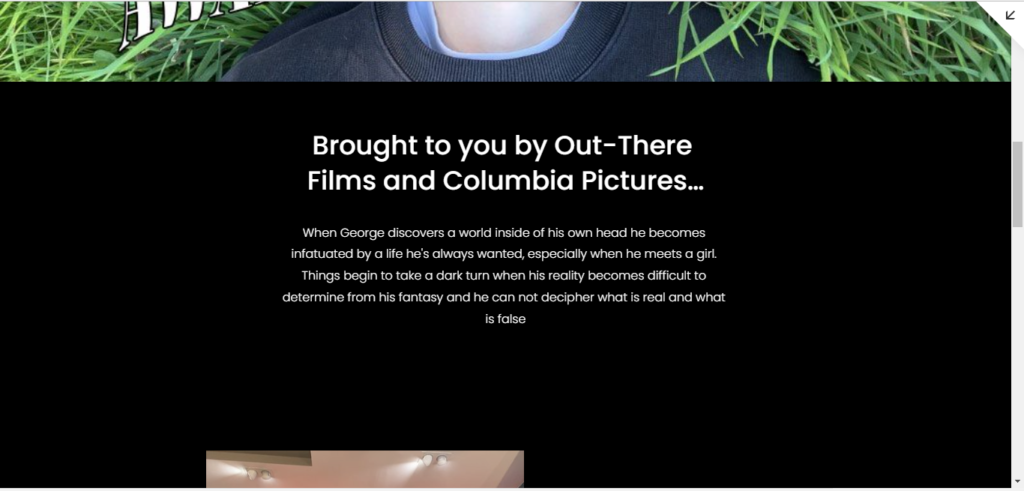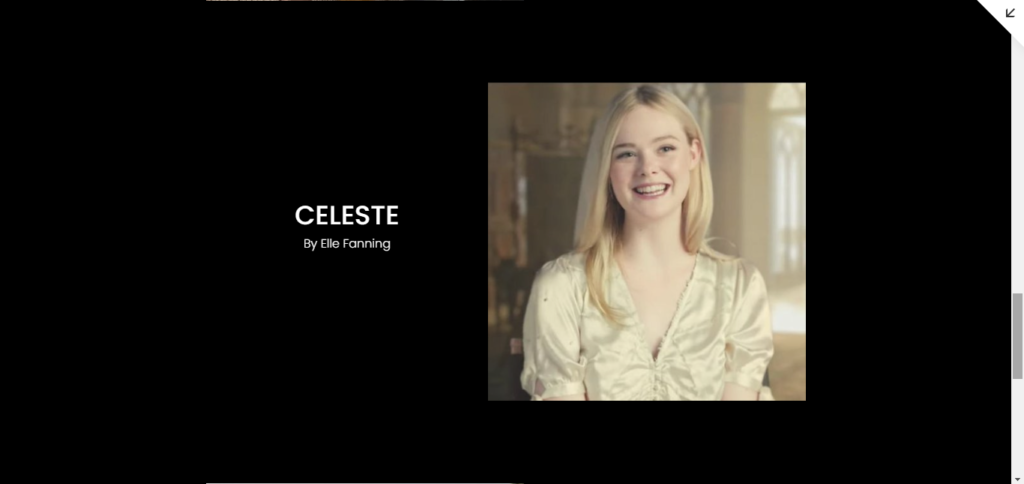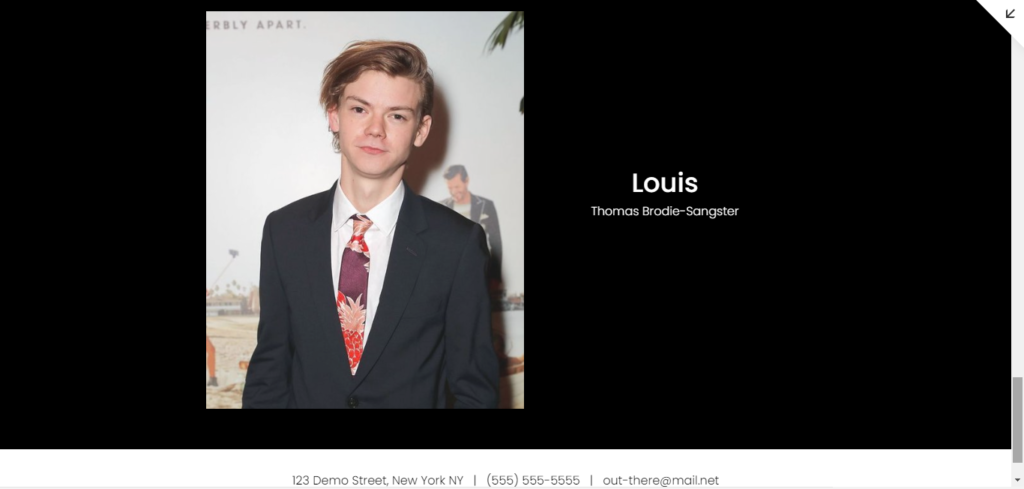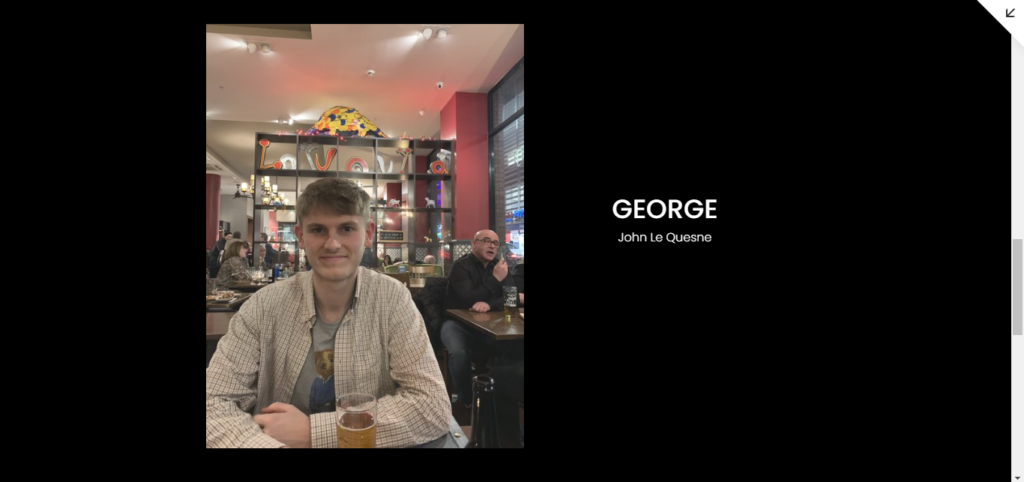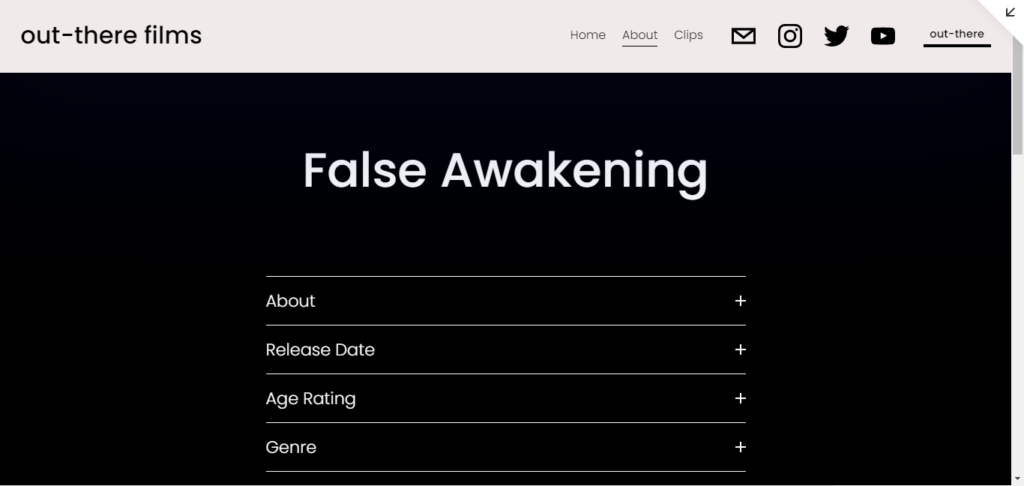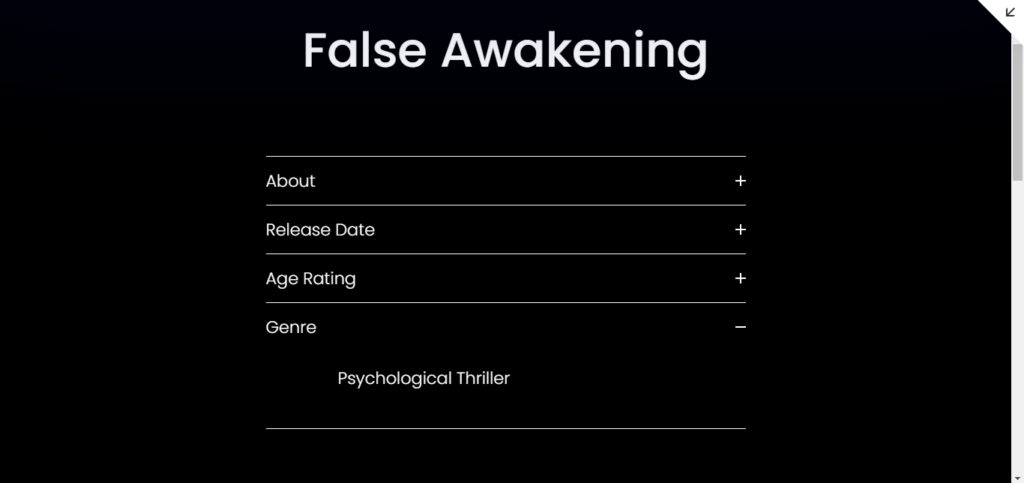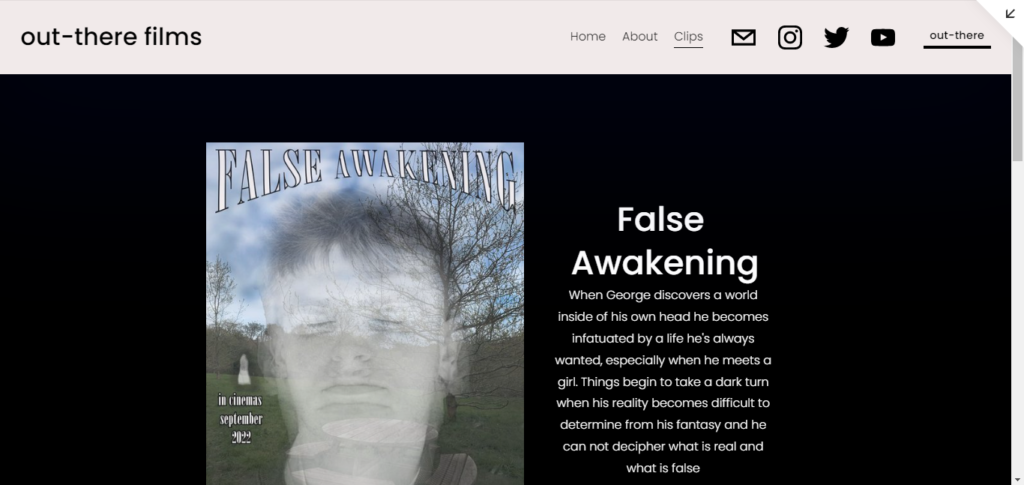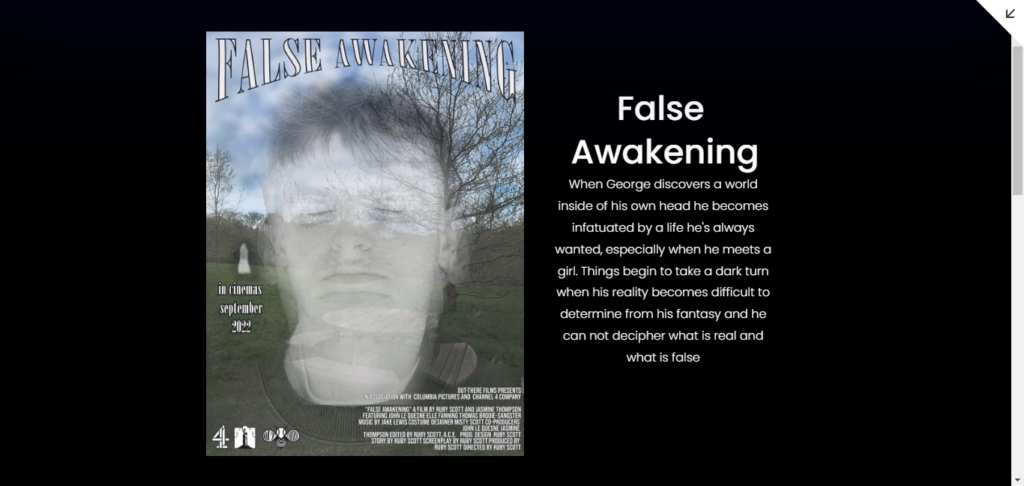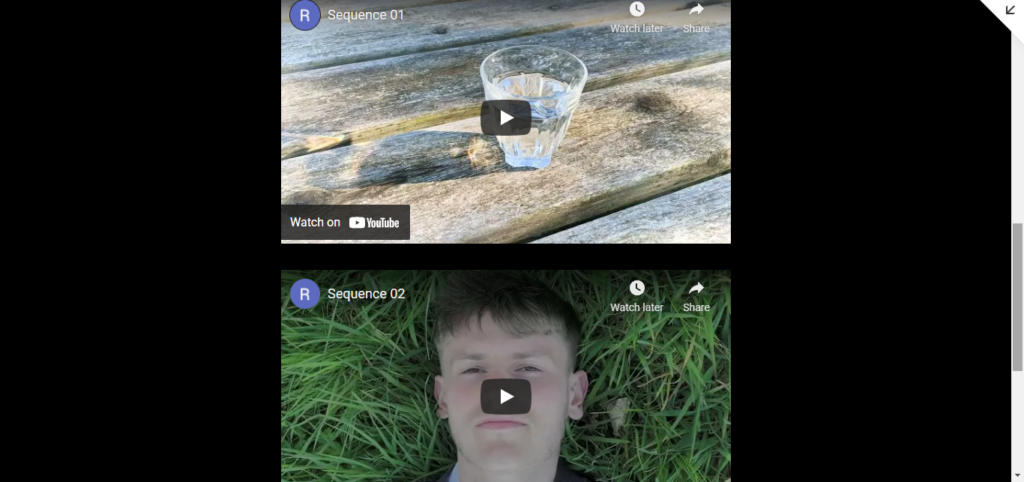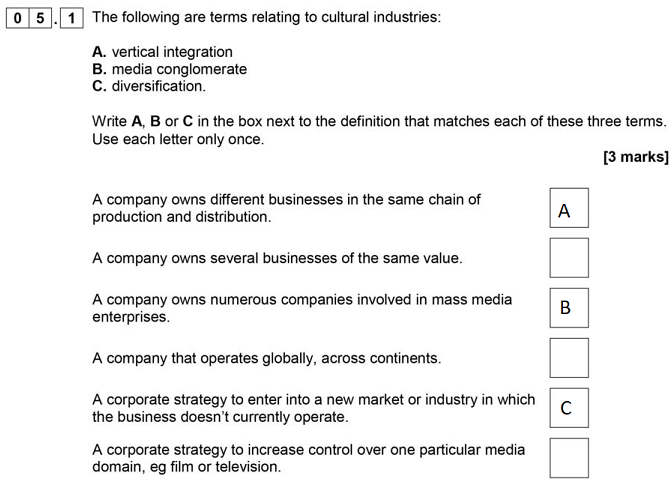- The type of film, song, tv show, book etc… shown through the textual nature or features of the production – “genre is a system of codes, conventions and visual styles which enables an audience to determine rapidly and with some complexity the kind of narrative they are viewing” (Turner p.97 Film as Social Practice)
- Genre must be both predictable and unpredictable – Genre helps audience to recognise the type of film and predict whether it is something they would watch, but it also needs unpredictable aspects, almost sub-genres, to make the film unique and interesting
- a practical device for helping any mass medium to produce consistently and efficiently and to relate its production to the expectations of its customers. – Dennis McQuail 1987, p. 200
- Expectations are based on both textual elements
Steve Neale: Genre as Audience Recognition
- He argues genre is is a mechanism which attracts audience based on their predictable expectations
- These generic characteristics are developed and amplified by media organisations, and are then reinforced by press, marketing, advertising etc.
- He suggests that each genre is structured around a repertoire of elements, which fulfil an audiences expectation of a film and creating enjoyment
- Their enjoyment is then maintained by the certain elements which are unconventional of the genre, making it interesting and unique
- genres change as society and culture changes – genres are historically specific and reflect/represent changing ideas, attitudes, values and beliefs of society at any particular moment in history that over time, mix-up, shape, adapt and adopt familiar ideas and expectations, but which essentially create something new which is recognisable







